Nature is full of wonders that leave scientists scratching their heads. From mysterious lights to strange movements, these phenomena defy easy explanations. Here are some unusual natural phenomena that continue to intrigue researchers and nature enthusiasts alike. Each one is unique and offers a glimpse into the incredible and often baffling forces at play on our planet.
Ball Lightning
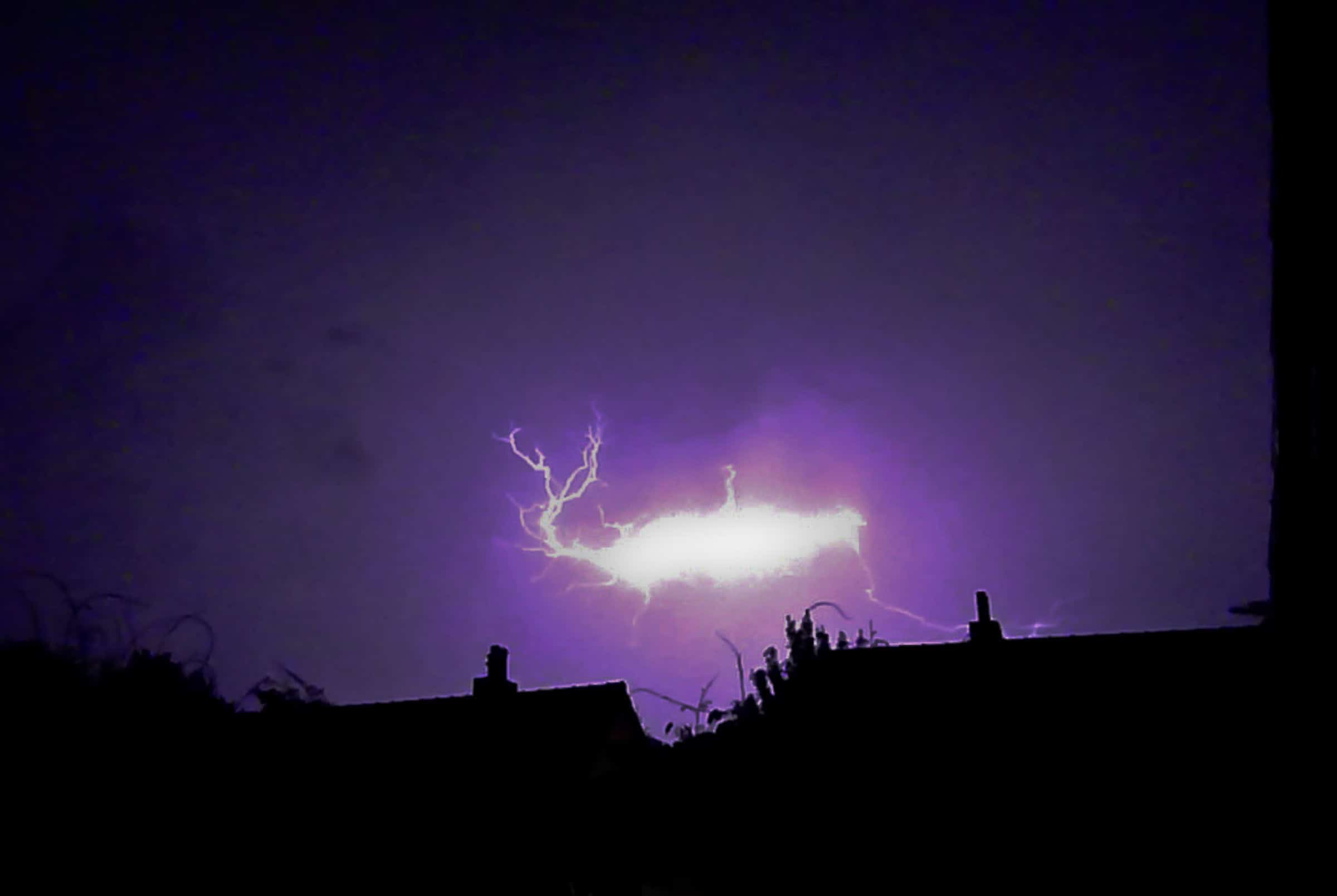
Ball lightning is a rare and puzzling phenomenon. It appears as glowing spheres, often during thunderstorms. These balls can vary in size, from a pea to several meters across. They are usually white, blue, or orange. Reports of ball lightning date back centuries. Yet, its exact cause remains unclear. Some theories suggest it involves plasma. Others propose chemical reactions in the atmosphere. Despite modern research, it still baffles scientists.
Aurora Borealis (Northern Lights)
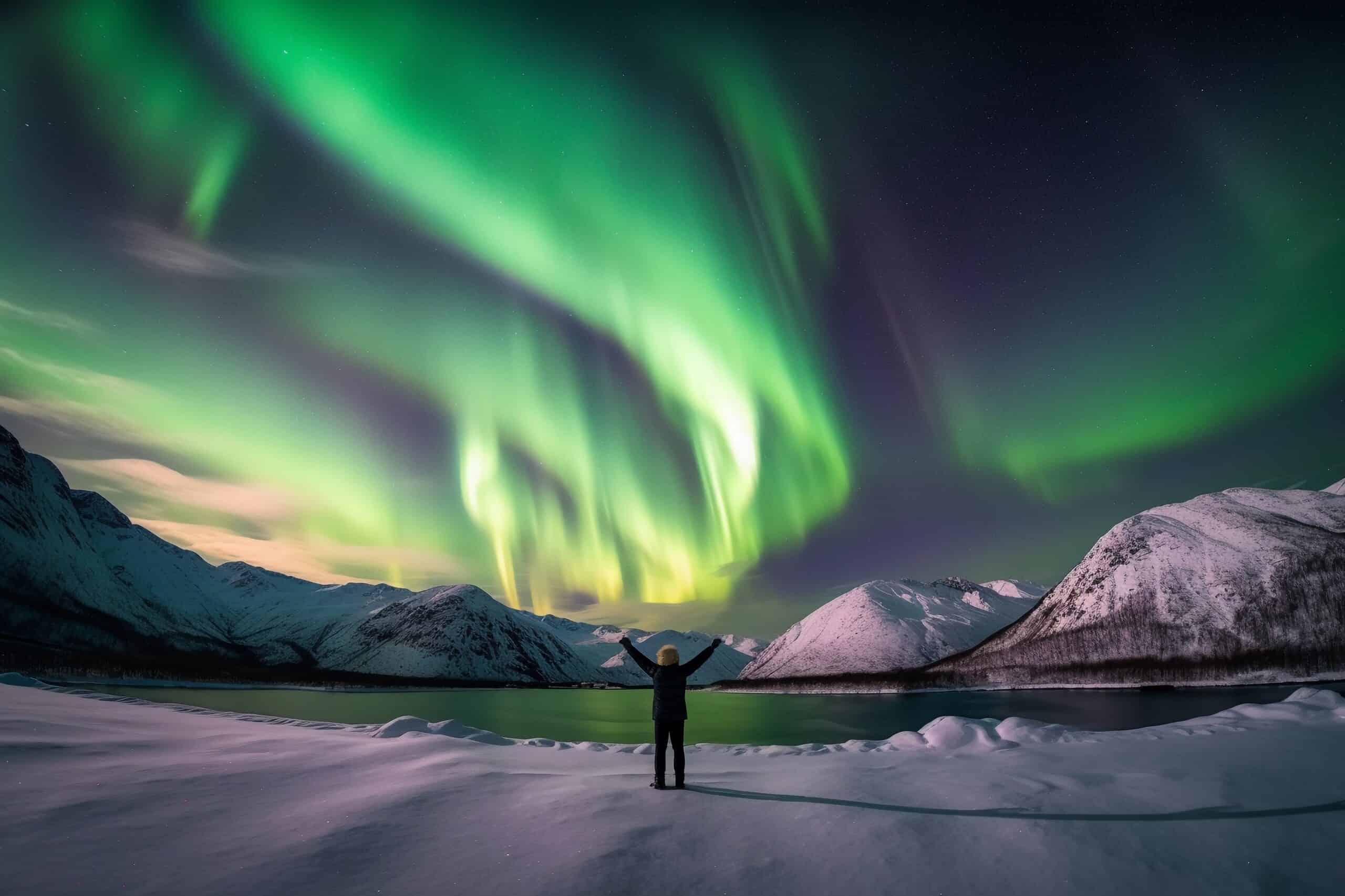
The Aurora Borealis, also known as the Northern Lights, is a mesmerizing light display. It occurs in high-latitude regions around the Arctic. These lights are typically green but can also be red, yellow, blue, and violet. They dance across the sky in beautiful patterns. The lights result from solar particles colliding with Earth’s atmosphere. Despite understanding the basic mechanism, predicting their appearance is challenging. Scientists continue to study the variations and impacts of these solar interactions. The Northern Lights remain a breathtaking and enigmatic spectacle.
The Great Blue Hole
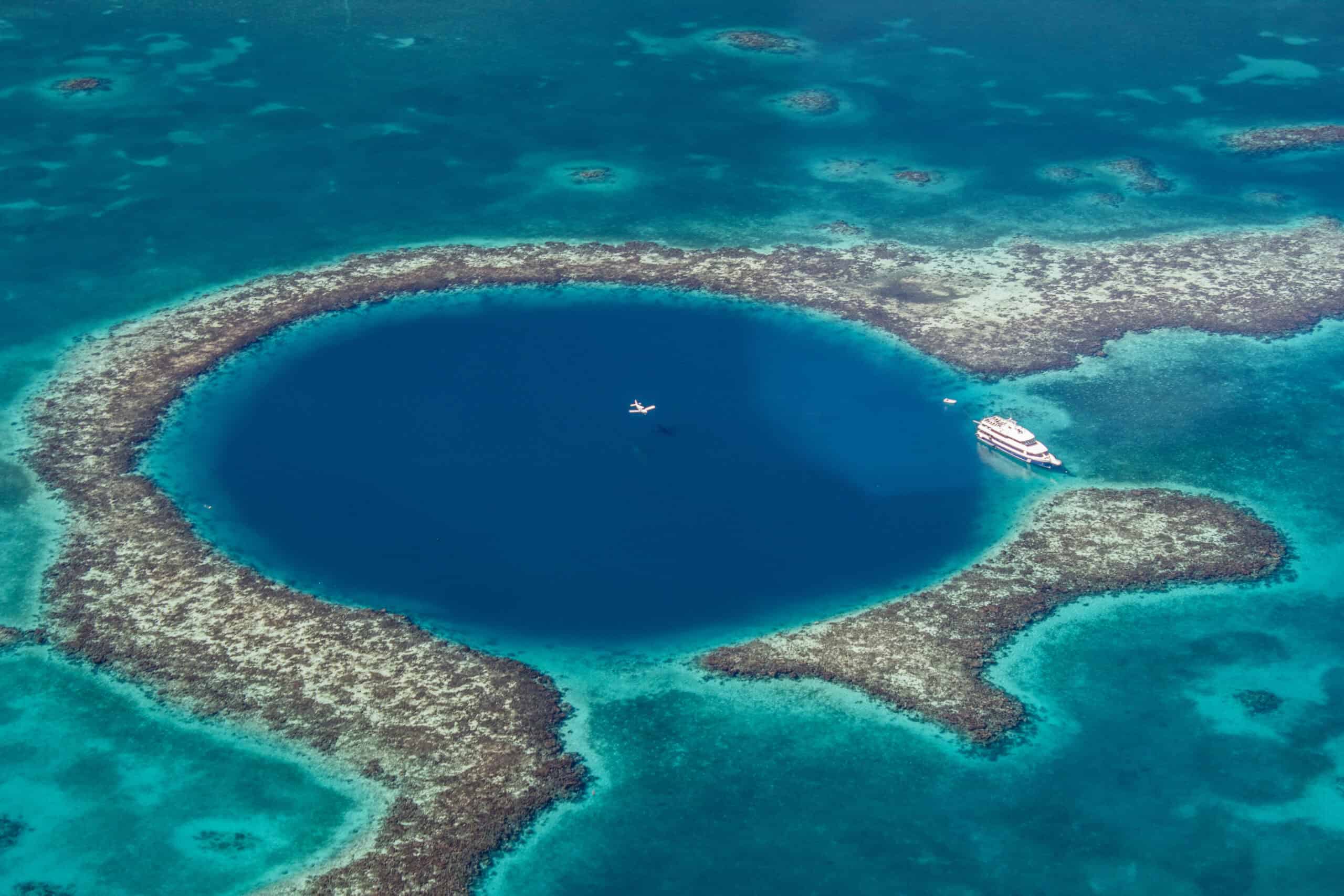
The Great Blue Hole is a massive underwater sinkhole off the coast of Belize. It’s over 300 meters across and about 125 meters deep. Its deep blue color contrasts with the surrounding shallow waters. This creates a stunning visual effect. Formed during the last Ice Age, the Great Blue Hole remains a mystery. Scientists have explored its depths, discovering unique stalactites and marine life. However, the full extent of its ecosystem and geological history is still not fully understood.
Morning Glory Clouds
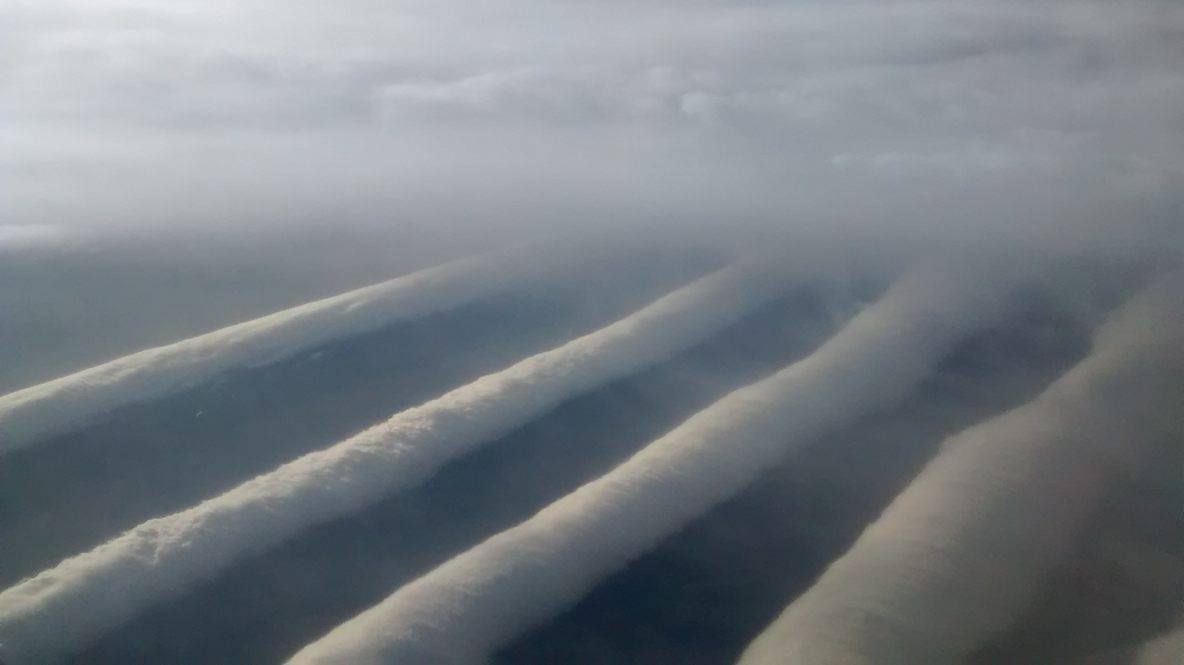
Morning Glory Clouds are long, tubular clouds that can stretch over 1,000 kilometers. They often appear in Northern Australia. These clouds form at low altitudes and roll through the sky like massive waves. They are a rare meteorological event. The exact conditions needed for these clouds to form are not well known. They usually appear in the early morning, hence their name. While some theories involve complex air flows, scientists are still trying to fully explain them. Morning Glory Clouds remain one of the most spectacular and least understood cloud formations.
Blood Falls in Antarctica
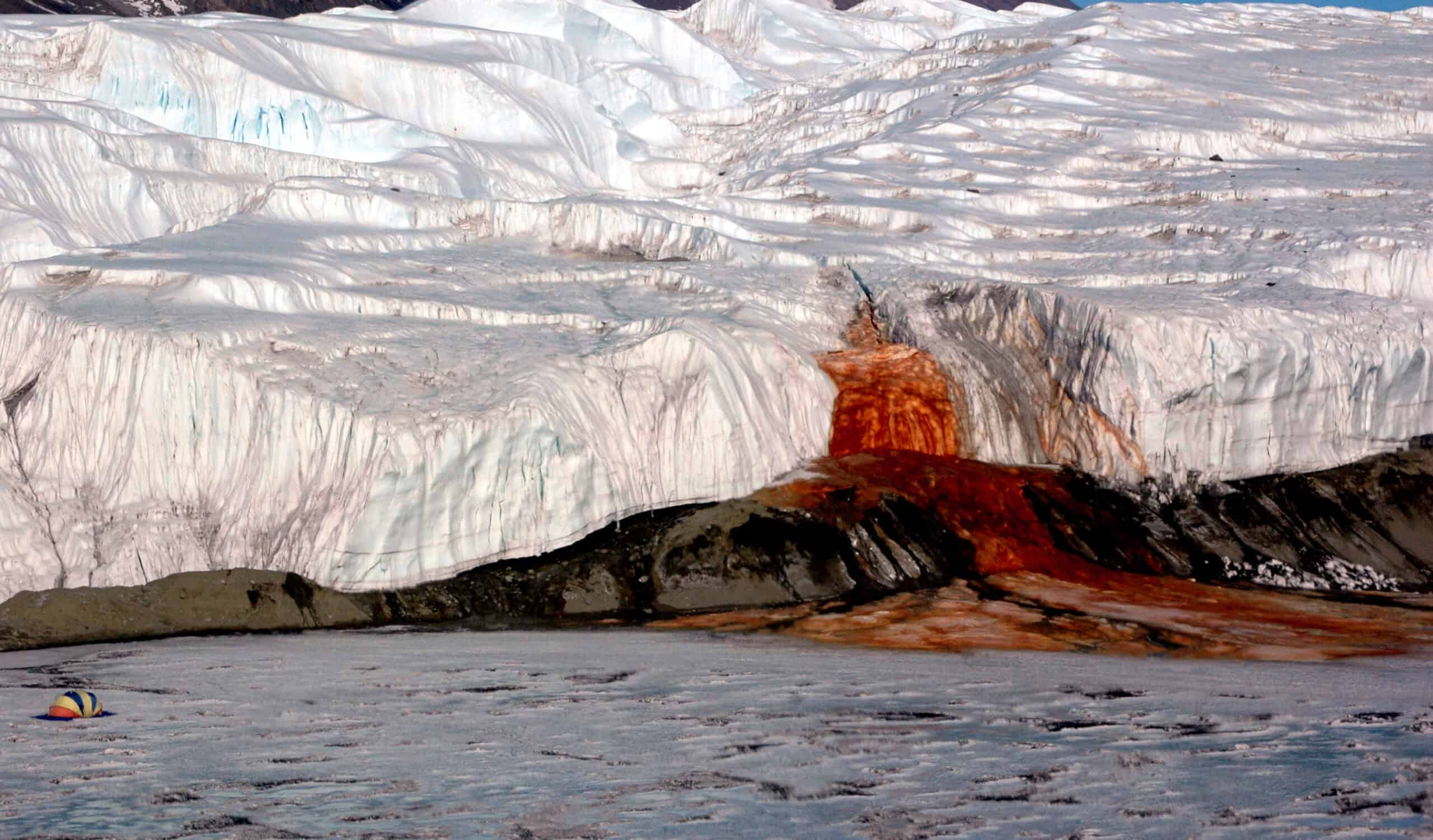
Blood Falls is a unique and eerie natural phenomenon. It is located in the McMurdo Dry Valleys of Antarctica. This waterfall flows out of Taylor Glacier. It has a striking red color, resembling blood. The red hue comes from iron-rich water oxidizing as it flows out. Despite its known chemical composition, the source of the water and the processes involved remain subjects of study. The subglacial environment holds many secrets. Blood Falls continues to intrigue and puzzle scientists.
Sailing Stones of Death Valley

The sailing stones of Death Valley are an intriguing phenomenon. Rocks move across the flat desert floor, leaving long trails behind them. This occurs at Racetrack Playa in California. The rocks can weigh hundreds of pounds. For decades, the movement of these stones baffled scientists. Recent studies suggest that ice sheets form underneath the rocks, allowing them to glide. However, the exact conditions required for this to happen are still being studied. The sailing stones remain a fascinating and mysterious natural event.
Fire Whirlwinds
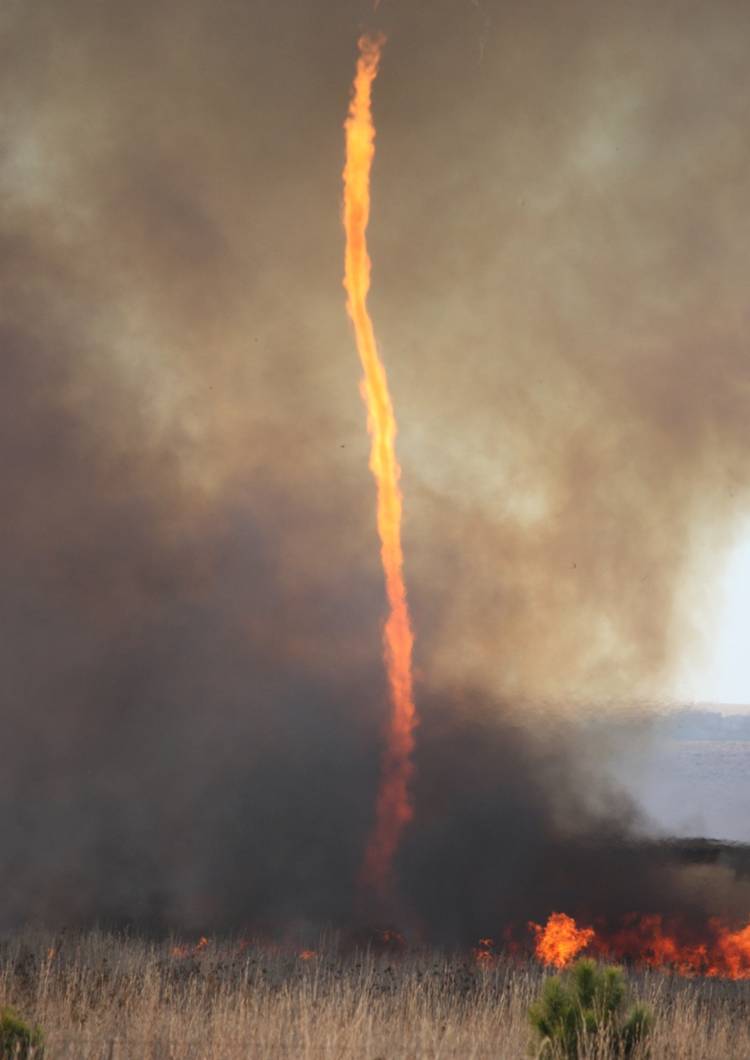
Fire whirlwinds, or fire tornadoes, are intense and dangerous phenomena. They occur during wildfires. These whirlwinds can form when intense heat and turbulent winds combine. They create spiraling columns of fire and ash. Fire whirlwinds can reach temperatures of over 2,000 degrees Fahrenheit. They can also travel at high speeds, causing significant destruction. Despite understanding their basic formation, predicting them is difficult. Fire whirlwinds are among the most unpredictable and terrifying natural occurrences.
Spotted Lake (Kliluk)
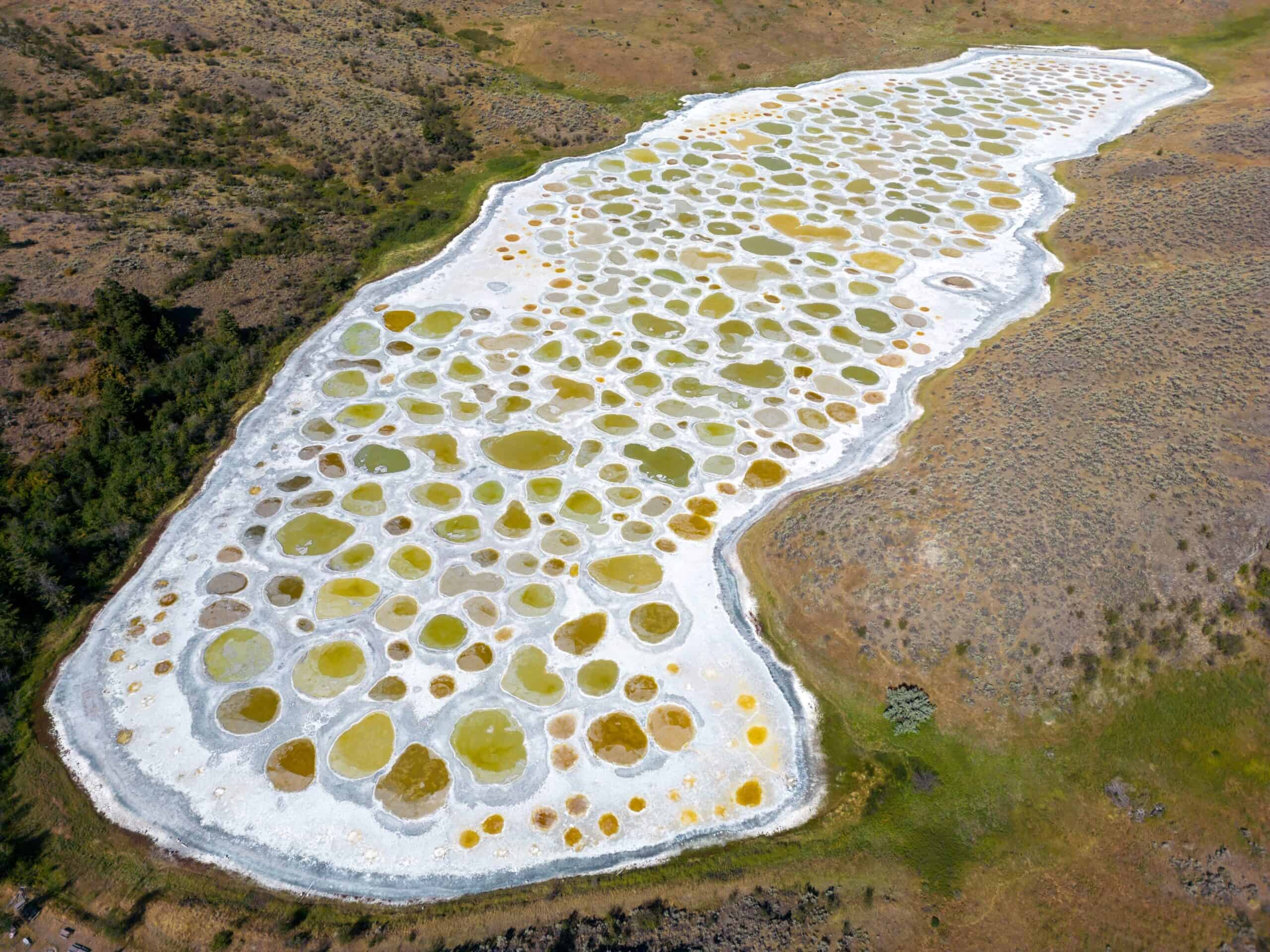
Spotted Lake, known as Kliluk by the indigenous Okanagan people, is located in British Columbia, Canada. This lake is famous for its unique appearance. During the summer, most of the water evaporates. This leaves behind large spots of minerals. These spots can be white, green, or yellow, depending on the mineral composition. The lake has been a sacred site for centuries. Despite its known chemical properties, the exact processes that create the spots are still not fully understood.
Catatumbo Lightning
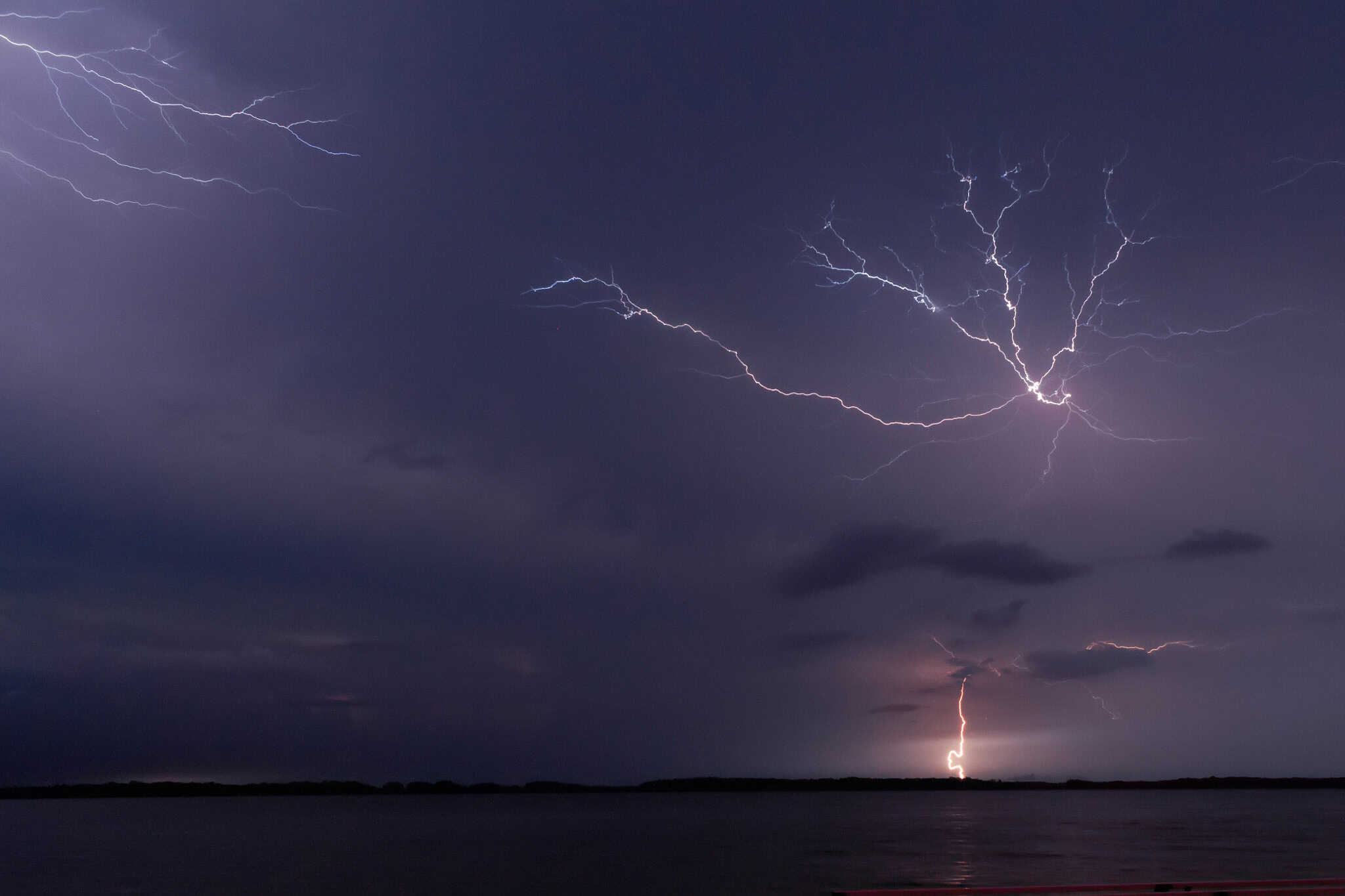
Catatumbo Lightning is a spectacular natural light show. It occurs over the Catatumbo River in Venezuela. This phenomenon involves intense lightning storms. These storms happen almost nightly. They can last for up to 10 hours. The lightning is so frequent that it can be seen from hundreds of miles away. Scientists believe it is caused by the region’s unique topography and weather patterns. However, the exact mechanics are still unclear. Catatumbo Lightning remains one of the world’s most enduring mysteries.
Red Tides
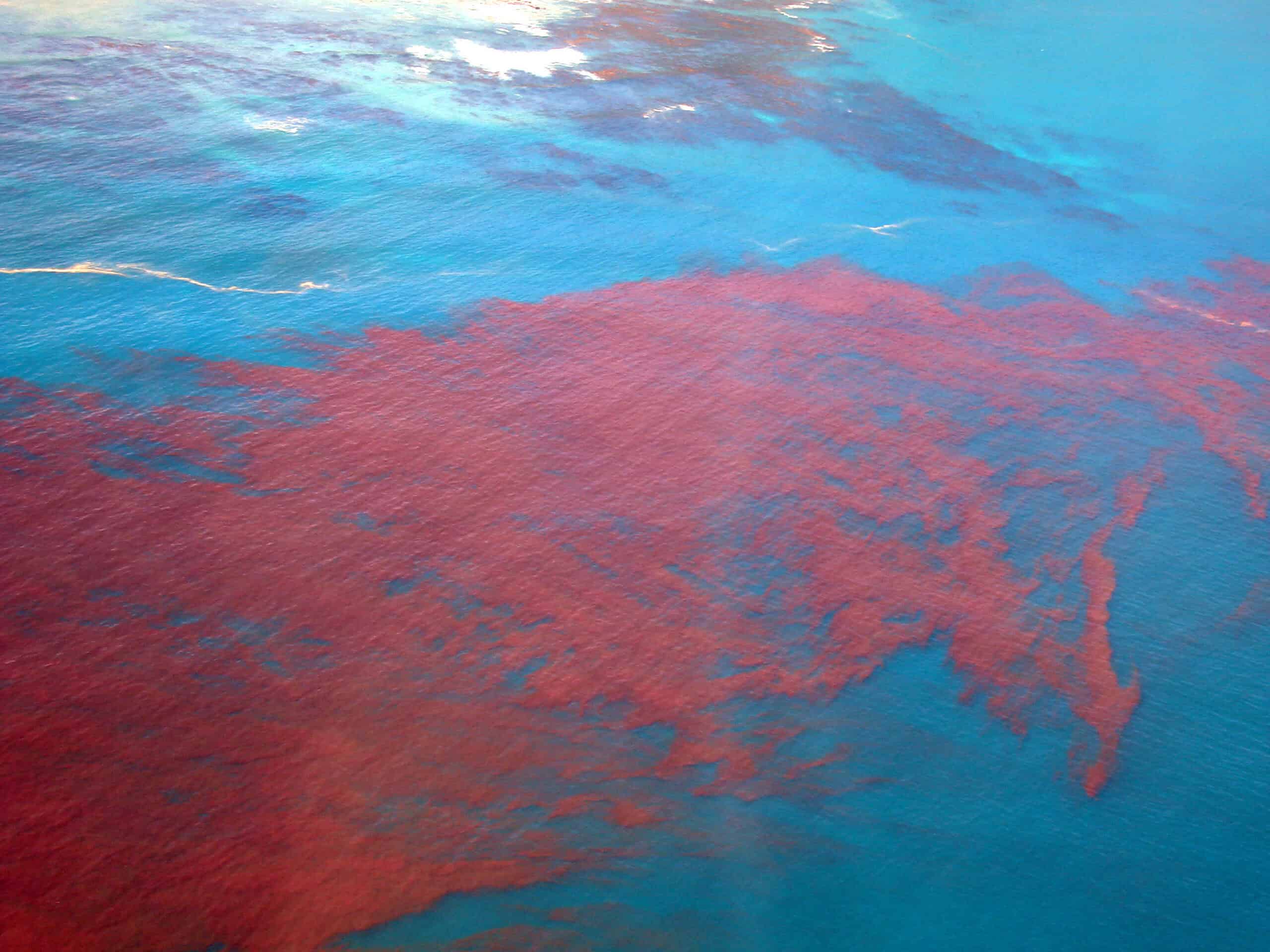
Red Tides are harmful algal blooms that turn the water a striking red color. These blooms are caused by the rapid growth of certain algae species that produce toxins, which can kill marine life and affect human health. Red Tides can result in massive fish kills and pose serious health risks to humans, causing respiratory problems and skin irritation upon contact with the contaminated water. Despite extensive research, predicting and preventing these blooms remains a significant challenge. Scientists have identified various contributing factors, such as nutrient pollution and climate change, but the complex interactions between these factors are not fully understood.
Bioluminescent Waves

Bioluminescent waves create a stunning natural light display that glows in the dark. This phenomenon is caused by tiny marine organisms called dinoflagellates, which emit light when disturbed by motion, such as waves breaking on the shore. These glowing waves are often seen in warm coastal waters, creating a magical, otherworldly effect that captivates viewers. While scientists understand the basic biological process behind bioluminescence, predicting when and where these waves will occur remains challenging. Environmental factors such as water temperature, nutrient levels, and the presence of certain chemicals can influence the intensity and frequency of bioluminescent events.
Rainbow Eucalyptus Trees
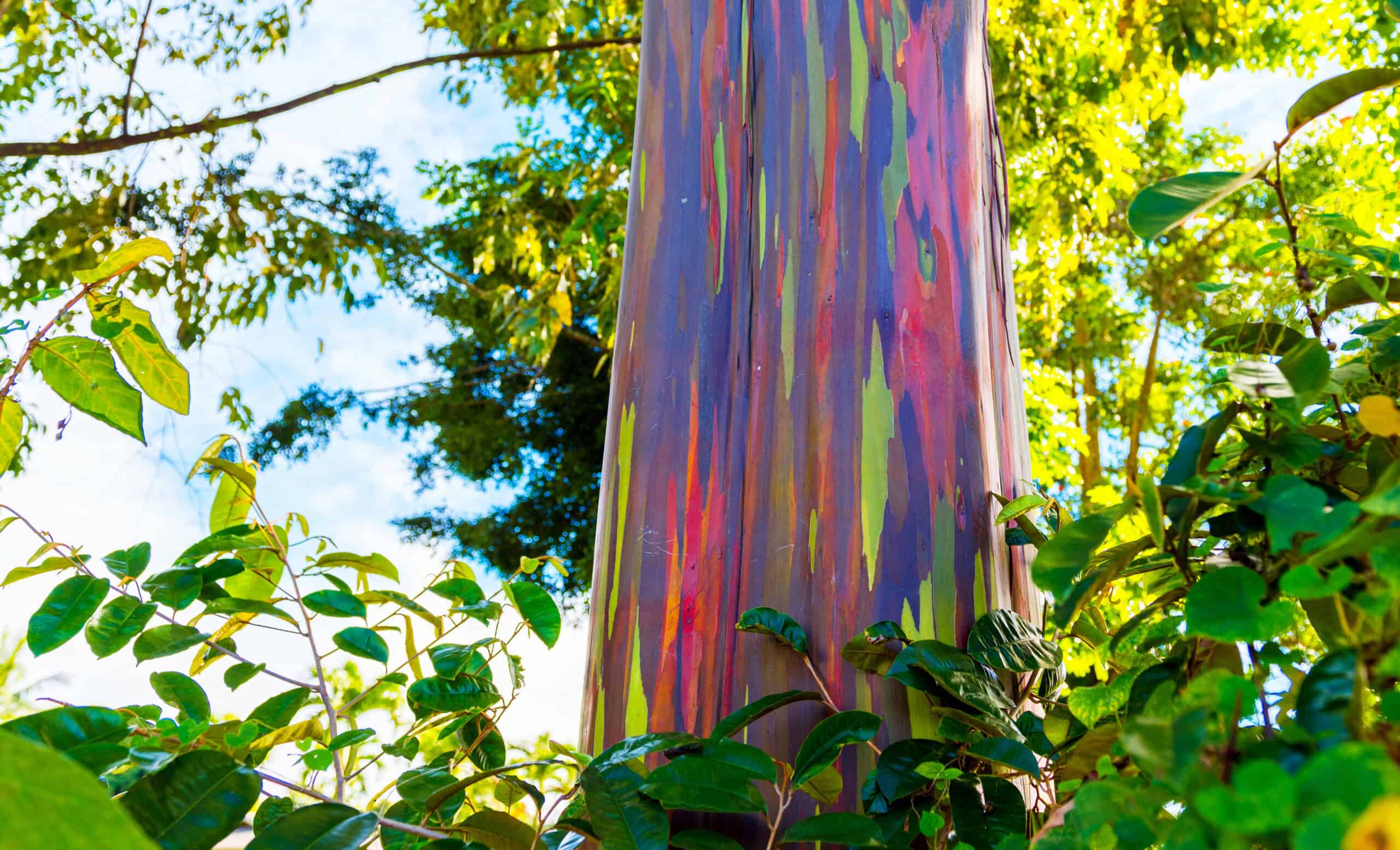
Rainbow Eucalyptus trees are a colorful natural wonder native to the Philippines, Indonesia, and Papua New Guinea. These trees are known for their striking, multi-colored bark that peels off in strips, revealing a bright green layer underneath. As the bark ages, it changes color, turning blue, purple, orange, and maroon, creating a stunning rainbow effect. Despite understanding the basic process of bark peeling and color changes, the full explanation of these transformations remains unclear. Scientists are still researching the specific environmental factors and biological mechanisms that contribute to the tree’s vibrant appearance.
The Door to Hell (Darvaza Gas Crater)

The Door to Hell is a burning natural gas crater located in Turkmenistan. This crater has been burning since 1971, when Soviet geologists accidentally created it while drilling for gas. The ground collapsed, forming a large crater approximately 70 meters wide and 20 meters deep, which was set on fire to prevent the spread of methane gas. Despite initial expectations that the fire would burn out quickly, it has been burning continuously for over 50 years. The exact reasons for the sustained combustion are not fully understood, making the Door to Hell a fiery and enduring enigma. This dramatic and unusual natural phenomenon continues to draw visitors and researchers, intrigued by its relentless and mesmerizing flames.
This article originally appeared on Rarest.org.
More from Rarest.org
1971 Roosevelt Dime Value Guide

The Roosevelt Dime was created by the US Mint in 1971. Because it is formed of clad metal, this coin has a solid copper inner core and a coating of copper and nickel on the outside (91.67 percent Copper – 8.33 percent Nickel). Read More.
7 Most Lavish Celebrity Mansions
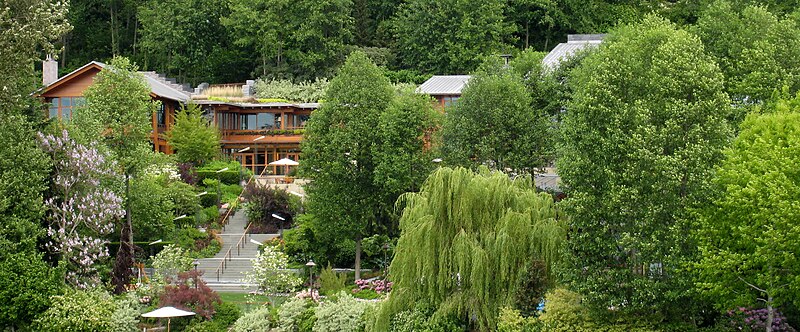
From sprawling estates with breathtaking views to historical mansions with modern amenities, celebrity homes are the epitome of luxury and extravagance. Read More.
1991 Lincoln Penny Value Guide

The 1991 Lincoln penny is made of 97.5% zinc and 2.5% copper. It has a solid zinc core while it is plated with copper. Read More.
